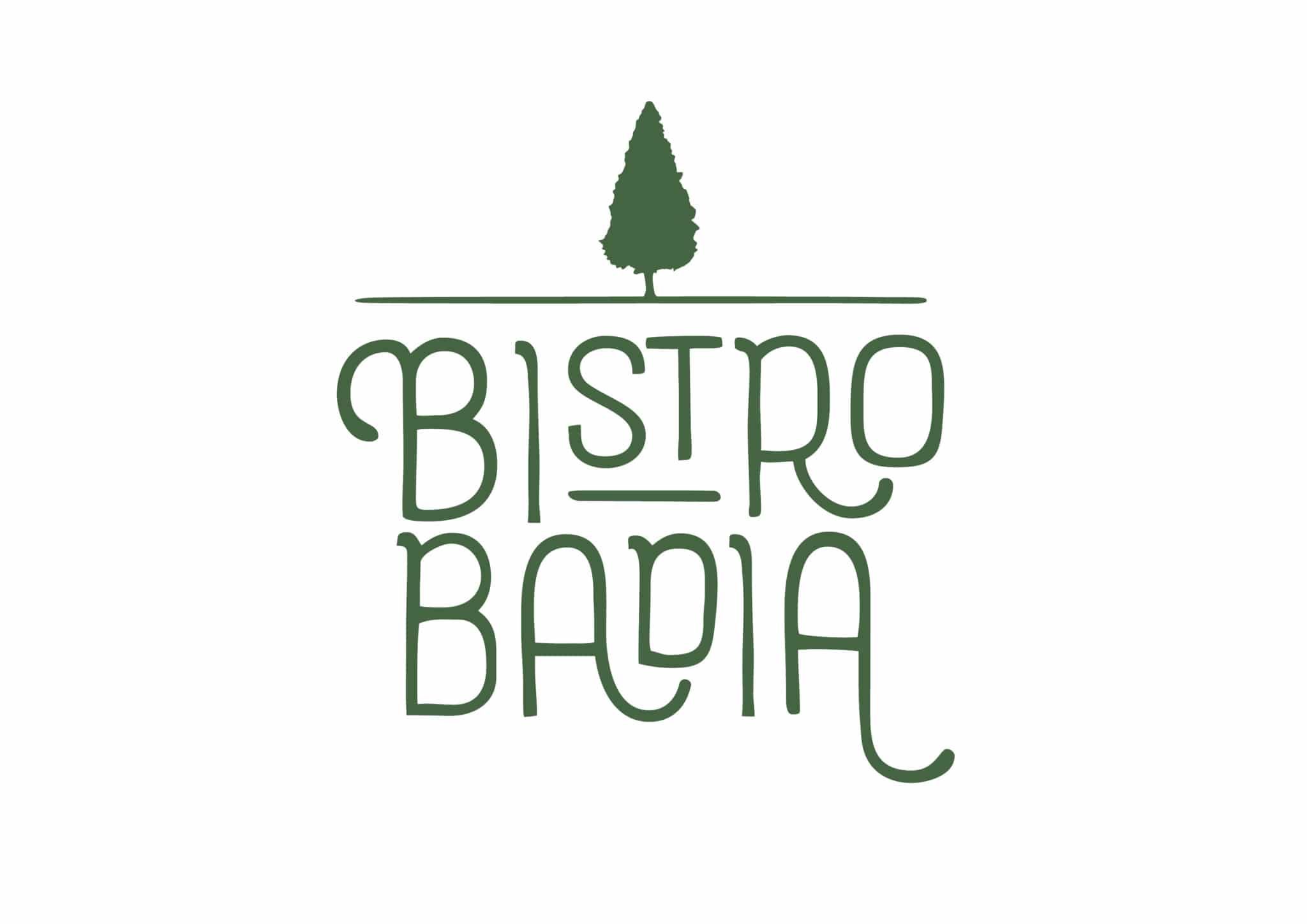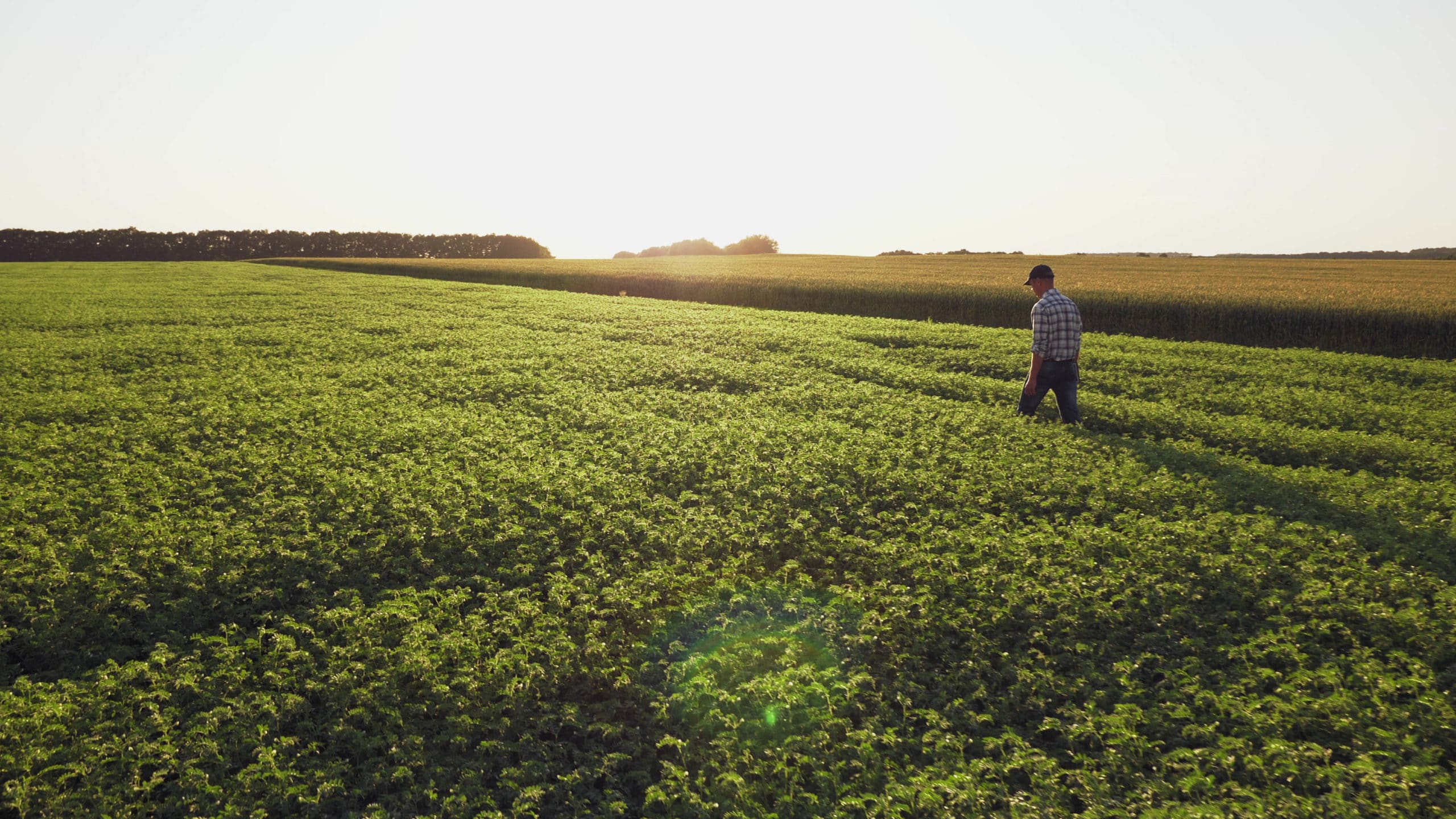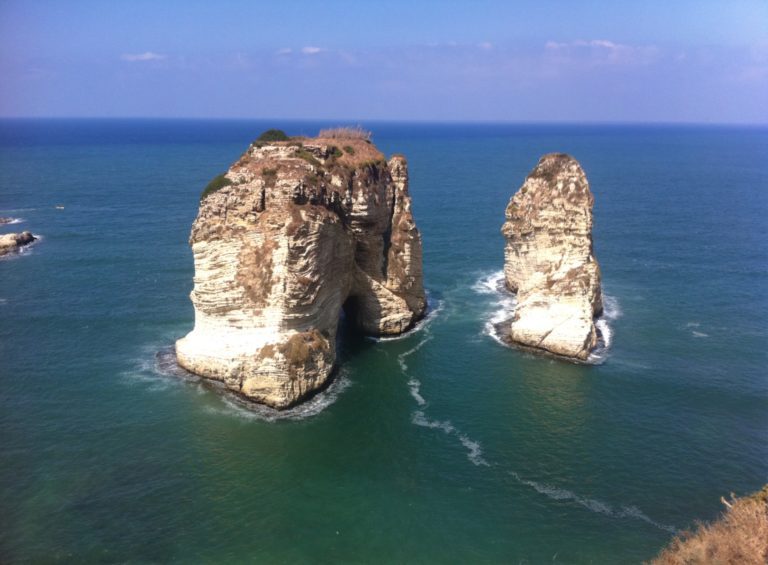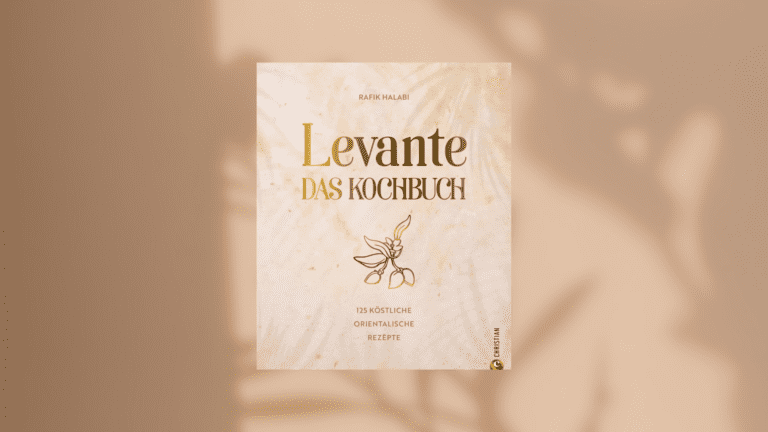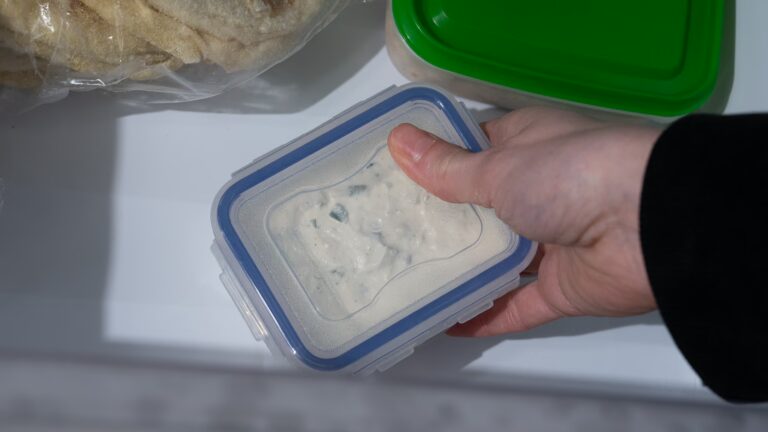The big chickpea guide: everything you need to know about the little pea
Imagine if there were no chickpeas… So no falafel, no hummus, no chickpea salad… OMG! That’s not possible and luckily we don’t have to imagine it either. It’s not for nothing that the chickpea is a staple food in many countries. And in the meantime, they are also appearing more and more frequently on our plates. Find out where it comes from, how healthy it is and what you need to bear in mind when preparing it here in the chickpea guide.
Origin of the chickpea
The chickpea was already cultivated about 8000 years ago in the Near East, Turkey, and is one of the oldest cultivated plants in the world. From there it came to Europe in the Middle Ages via India and North Africa. In Mexico and India and in many other countries of the world, chickpeas are a staple food. Chickpeas are cheap, super nutritious and versatile. India is the largest chickpea-growing country, but the plant is also widely cultivated and exported in North Africa, Turkey, Australia and Spain.
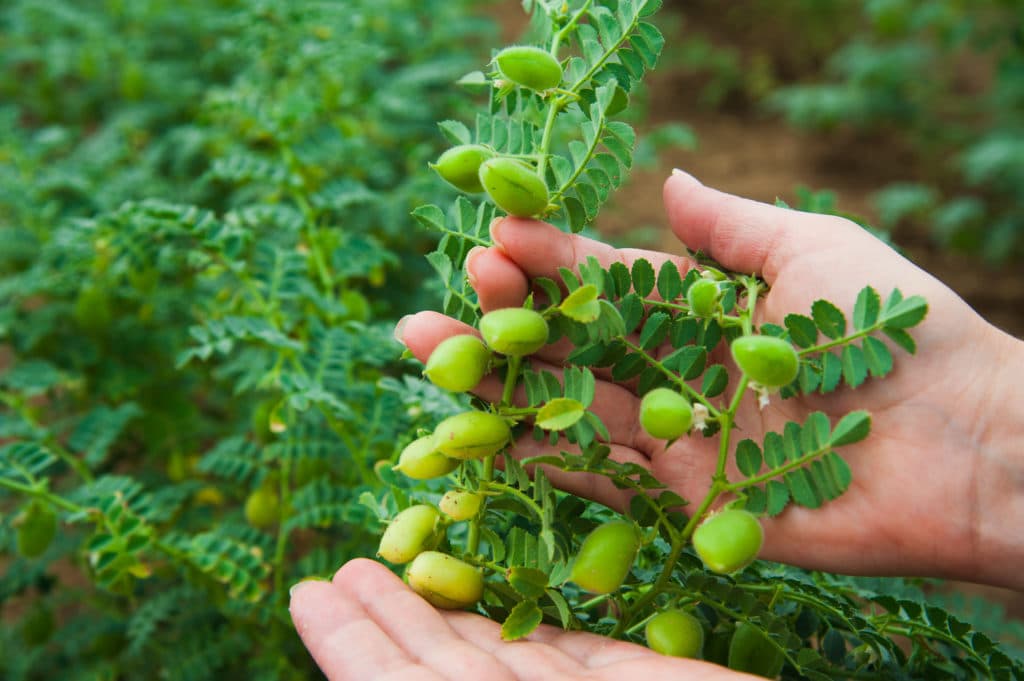
A husk fruit
The chickpea belongs to the legume family. So beans, lentils and soya are its siblings. It owes its name to the Latin word “cicer” [German: pea]. There are different varieties, but for cooking, two varieties are particularly popular. Here in Europe, the so-called Kabuli type is the most common. The peas are large, yellowish-beige, have a slightly nutty taste and grow particularly well in the Mediterranean region. The Desi type comes from India and is smaller and darker than the chickpea from Europe.
What’s in it?
One thing is for sure, when chickpeas land on your plate, you are doing something good for yourself and your body. They are an ideal alternative to animal protein, because they are full of protein. 100 g of chickpeas contain around 19 grams of protein, which is a good amount of energy for your muscles. If you eat a vegetarian or vegan diet, chickpeas are the perfect choice; they ensure that you get enough protein without animal products.
But the chickpea can do even more: in addition to the high protein content, it contains a lot of fibre that keeps you full for a long time and lowers the blood sugar level. It also has vitamin C, folic acid, vitamin E and B vitamins. It is also gluten-free and contains minerals and trace elements such as iron, magnesium, zinc, potassium and calcium. So, fries aside and let’s go for the chickpea! Although… you can have chips sometimes… But with chickpeas on the menu, you are well equipped to do something good for your muscles, nerves and bones.
Important nutrients of the chickpea
- Protein
- Iron
- Dietary fibre
- Vitamins
- Folic acid
- Magnesium
- Potassium
- Calcium
- Zinc
Buy and store chickpeas
You can buy chickpeas either dried or already cooked in tins and jars. You can find them in supermarkets, health food shops, Asian markets or organic food shops. Chickpeas are available all year round because their growing regions always have a warm climate, which they need to grow. Stored in a dry and cool place, the peas can be kept indefinitely. If you have stored them for a longer period of time, just check them for small worm holes before eating.
Preparation and cooking
Raw chickpeas contain the toxin phasin, but this decomposes when cooked. Therefore, it is important not to eat the peas raw. If you cook them, the chickpeas are safe to eat.
You can buy chickpeas dried or already cooked. If you’re in a hurry, it’s easy to open the can and get started. Simply pour the chickpeas into a sieve and rinse them under running water.
If you have more time for the preparation, you can cook the chickpeas yourself. You should first soak them before cooking. This makes the pulses easier to digest and shortens the cooking time considerably, thus preserving the many vital substances during cooking.
- To soak, cover the chickpeas with twice the amount of water in a bowl and let them soak overnight for at least 12 hours. Then pour off the soaking water and rinse the peas with fresh water.
- Then they are ready to cook. Cover the chickpeas with fresh water and bring to the boil. Let the peas simmer gently over low heat for about 60 minutes.
- The cooking time depends on what you want to do with the chickpeas. For stews, salads, etc. 60 minutes is enough, for creamy hummus you should cook them a little longer, about 90 minutes, so that they are nice and soft. The peas are done when you can easily pierce them with a knife, just like potatoes.
- If you have a pressure cooker at home, the soaked peas only take about 20 minutes to cook.
- If you want to roast the chickpeas in the oven, you should still cook them first or use the cooked peas from the can. Then heat the oven to 190 °C, mix the chickpeas with a little oil (1 tbsp. oil for 400 g peas) and place them on a baking tray lined with baking paper in the oven for 30-40 minutes. Then season as you like and snack away. You can find my recipe here.
After cooking, the chickpeas can be kept in the fridge for about four days. What about the thin skin on the chickpeas that can be removed? You can simply eat the very thin shell of the chickpeas.
Insider tip: If you add baking soda to the cooking water, the cooking time is reduced by half. Since chickpeas take a long time to cook, this little trick will save you a lot of time. Bicarbonate of soda is a base, if you add it to boiling water, a chemical reaction is triggered that causes the pectin in the chickpea to dissolve faster and the peas to absorb water more quickly, so they cook faster.
The chickpea in Levantine and world cuisine
What the potato is in some countries, the chickpea is in the Levant. It is the basis for many delicacies. The two most famous dishes worldwide are from Levantine cuisine: falafel and hummus. But you know what falafel are, don’t you? Well, falafel are deep-fried vegan balls made of chickpeas, herbs and spices. You can find the recipe here. By the way, hummus or “hommus” means “chickpea” in Arabic.
In Italy, chickpea flour is used to prepare “farinata”, in Greece and the Levant the peas are also nibbled as a snack, roasted like nuts, and in Spain, delicious, hearty stews are made with the legume. In India, the chickpea is the main ingredient of “chana masala”, a very popular curry. It is also used for desserts such as laddu.
As you can see, the chickpea is really versatile. Whether in a salad, soup, stew, cream, curry or baking, you will never be bored in the kitchen with this legume.
Strong spices like coriander or cumin are most commonly used for the pea, but there are no limits to your imagination. The chickpea is versatile, just try it out and see what you like best.
Use the chickpea:
- as the main ingredient in your dish and conjure up falafel, hummus or farinata.
- As a meat substitute , e.g. in the form of burger patties, which you form from the peas and fry.
- as a special ingredient in colourful salads, stews and casseroles
- for baking and create sweet dishes from chickpea flour
- as a snack by roasting them in the oven with spices and oil until golden brown and crispy.
Aquafaba
In addition to protein, the chickpea has another ace up its sleeve as an alternative to animal products: Aquafaba. You can use the canned chickpea water as a vegan alternative for beaten egg whites. How do you do it? The canned chickpea water should be at room temperature, then you can whip it with a food processor or hand mixer like egg whites. You can use the vegan beaten egg whites to make chocolate mousse, pancakes or meringue.
The chickpea is so versatile that you can conjure up something new with it every day. So grab your wooden spoon, grab your pea and let’s get started!
Here are a few recipe ideas for you
Delicious salads with chickpeas:

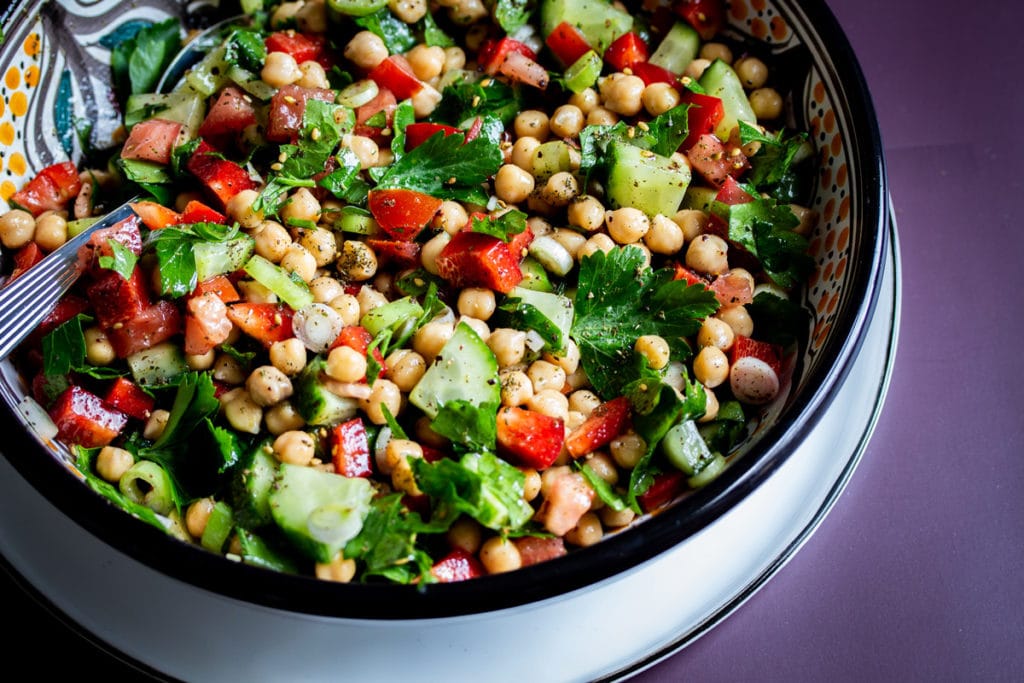
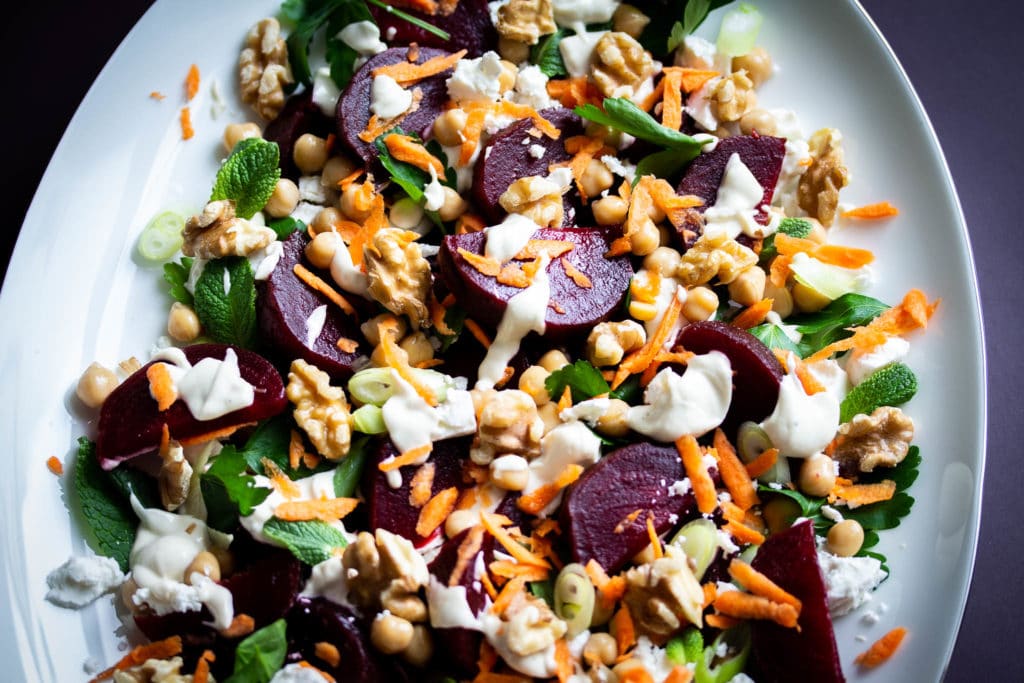

Hummus & Co.
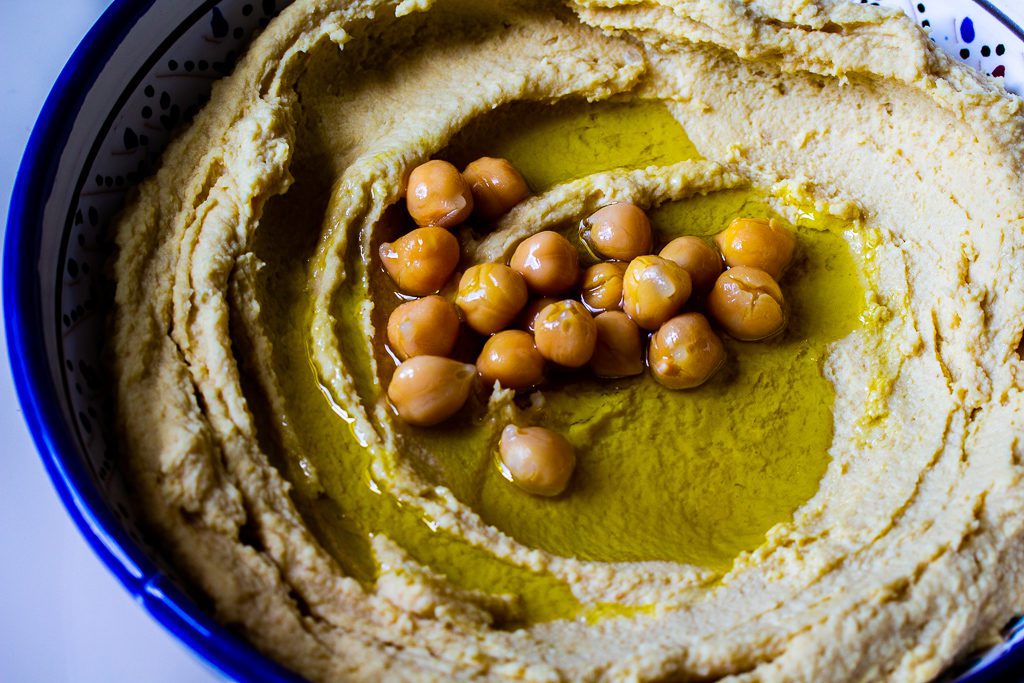
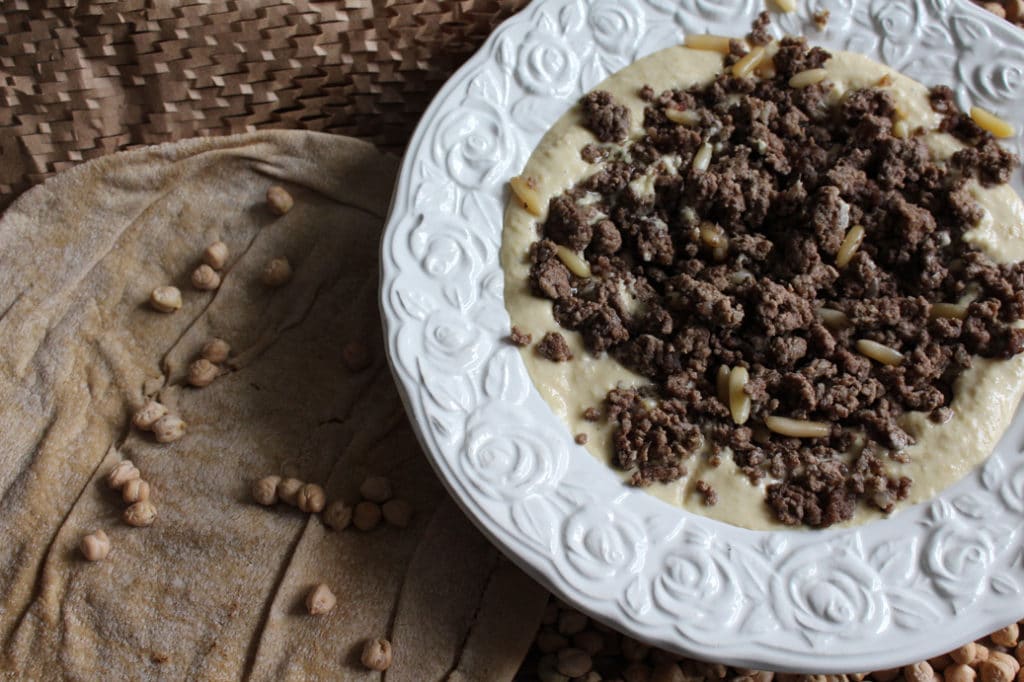
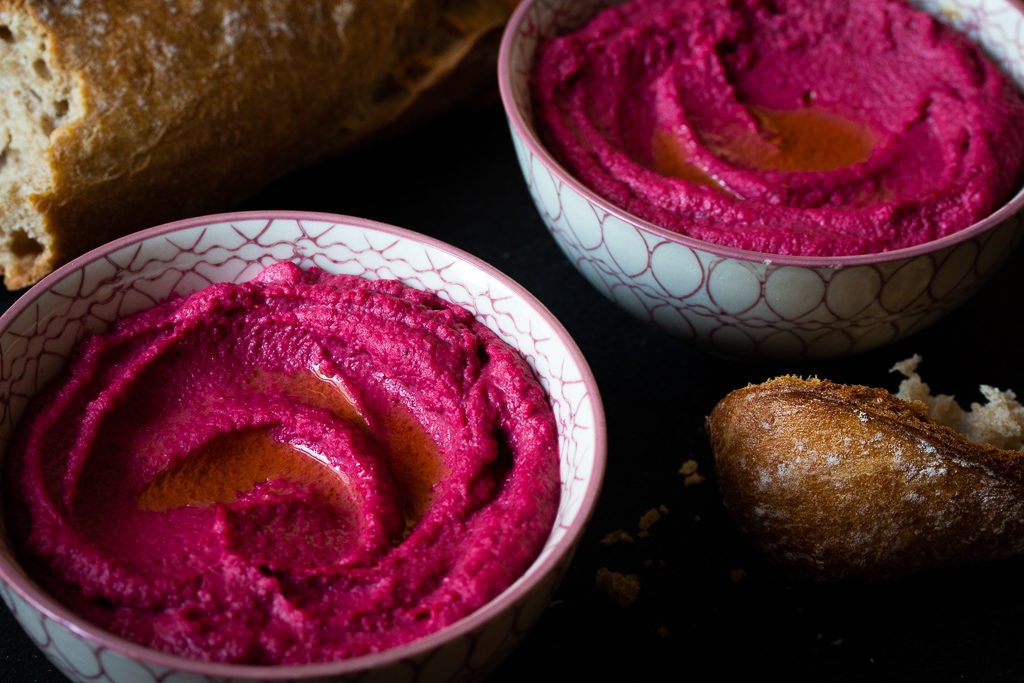
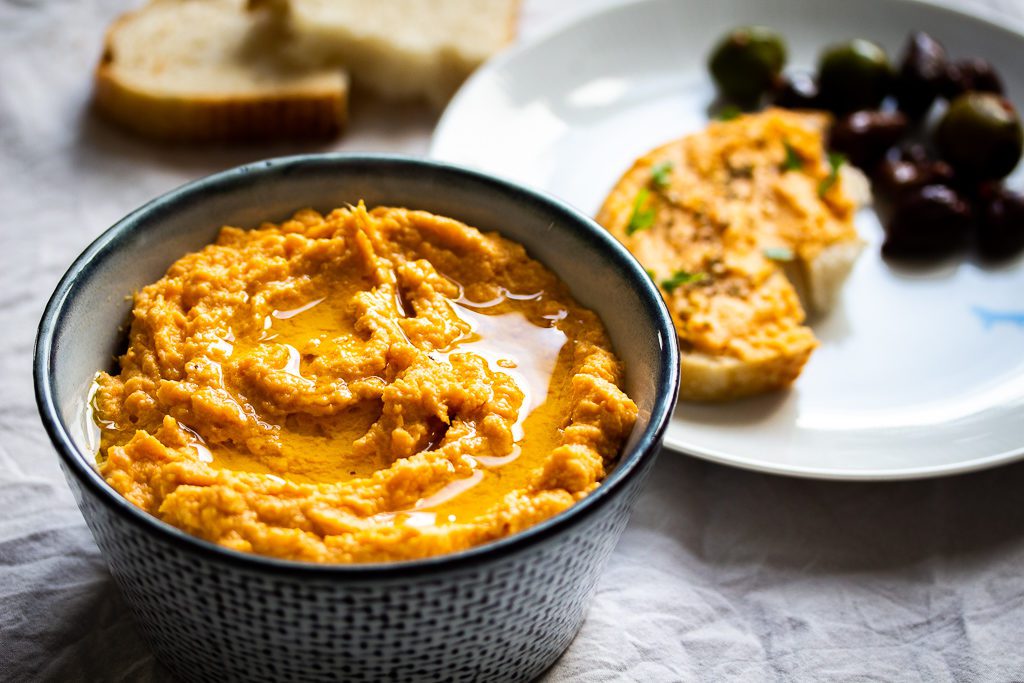
The classics


